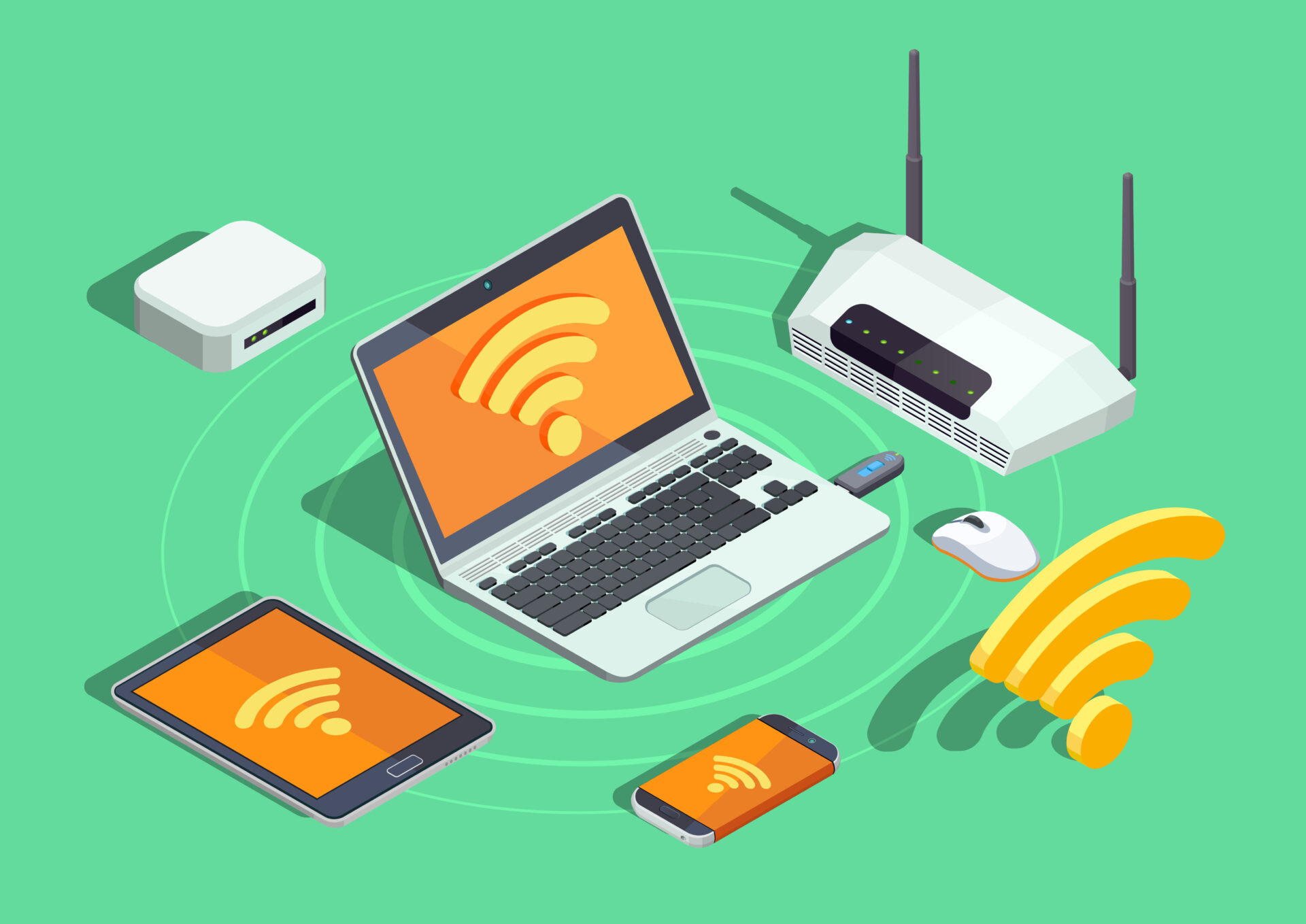In the present digital age, stable internet connectivity is a basic necessity, and at the heart of such connectivity, in fiber-optic-based networks, lies the GPON OLT (Gigabit Passive Optical Network Optical Line Terminal). Acting as the central control point for a GPON system, the OLT shall transmit high-speed internet connectivity to many users at the network end. Thus, proper OLT management becomes key for ISPs and network administrators to provide a high-level, uninterrupted service with little delay, allowing the network to run smoothly.
Typically, a customer deals with a GPON ONT router, Best Router In India, end that works over a fiber network. But all intelligence and control are in the OLT. The OLT manages bandwidth allocation, security, and signal-quality management on several Optical Network Terminals (ONTs). Even the best routers and modems can’t deliver performance if OLT monitoring and maintenance are lacking. Scopus delivers the best.
Monitoring Your GPON OLT
Proactive monitoring is the initial step to effectively managing your GPON OLT. Using SNMP, CLI commands, or web-based dashboards, it is possible to monitor real-time data points such as signal strength, port status, bandwidth usage, or ONU connectivity. Regular monitoring enables early detection of issues, be it abnormal power levels or ONUs being disconnected, or an instance of potential overloading.
End-user equipment like the GPON ONT Modem must not go unnoticed, especially during the troubleshooting of user complaints. If a user is complaining about connectivity, the OLT can help you remotely identify if the issue lies in the central system, the fiber line, or the modem itself. When your monitoring considers automatic alert integration, your support team will surely respond faster and thus prevent a service-level disruption.
Troubleshooting Common OLT Issues
Troubleshooting a GPON OLT requires a systematic approach. Some common problems include weak signal strength, high latency, or unresponsiveness of the device. Check the physical fiber connection first, as a small bend or dirt in a connector will affect performance. Use OLT-based diagnostic tools to verify link statuses, optical levels, and look for error logs.
In cases where a particular ONU or port hits a snag, a quick reboot or re-registration generally fixes the problem. But if the problem is recurrent, deeper inspection of the configuration or outright replacement of hardware may be warranted. Also, one must document any troubleshooting undertaken so that these processes may be enhanced and a recurrence can be avoided.
If looking for hardware to minimize such issues, choosing the Best Router in India with GPON router standard support is necessary. Look for routers that are compatible with major OLT brands, that support remote TR-069 management, and that support after-sales services. Scopus provides solutions with the best ONT routers in the Indian market with ease.
Maintenance and Best Practices
Routine maintenance ensures proper network operational health. Periodically set up checks for firmware updates, optical power levels, and fiber quality. Cleaning up connectors and looking for damaged cables must also be done. Always keep a backup of the OLT configuration, and ensure your team is familiar with the recovery procedures.
The process can also be completed with automation. Create scripts to check port status or set up alerts for signal variations. Keep a detailed log of the maintenance activities for trend identification and decision-making concerning upgrading or replacing the hardware.
Have an eye on your GPON OLT with proactive monitoring, troubleshooting, and maintenance activities to maintain the robust and stable fiber-optic network performance. Whether you are supplying internet to homes or businesses, putting in smart practices into your OLT will reduce downtime to a great level and increase user satisfaction. Scopus helps you with it.
1. What is a GPON OLT, and how does it function?
GPON links the core network to multiple end users via fiber optic lines (generally through Ethernet or fiber backbone). The main functions include traffic aggregation, bandwidth management, signal distribution, and communication management between a service provider and customer devices.
2. In what ways does GPON OLT benefit the access deployment?
A GPON OLT acts to simplify the access network deployment by cutting down on the number of active devices between the service provider and the end user.
- What is the difference between a GPON ONU and an Optical Network Terminal?
Both ONU and ONT serve as customer-side endpoints. The main difference:
- An ONT is more or less for a residential or individual business setup and basically connected to the customer’s devices.
- The ONU may refer to a more flexible or shared kind of deployment, such as multi-dwelling units. Both convert optical signals to electrical signals for the customer’s use.
- What does the Optical Splitter do in the GPON?
An optical splitter divides a single optical signal received from the OLT into several optical paths, permitting a single fiber to serve several ONUs/ONTs.
- Which performs better regarding performance and compatibility, GPON or EPON?
GPON has better efficiency; therefore, performance is better. This happens because it uses different wavelengths for upstream and downstream, adds a stronger form of encryption, and can prioritize traffic. Regarding compatibility issues, GPON options remain more suitable for international telecom applications, whereas EPON leans toward enterprises or cable-based networks.
6. What are the attributes of GPON OLT interfaces?
Important attributes are:
- Uplink ports (Ethernet/fiber) to the core networks
- PON ports for downstream fiber connection
- Interfaces like CLI, SNMP, and Web GUI
- Power redundancy followed by alarms and LED indication for status monitoring
7. What maintenance tasks should I perform on my GPON OLT?
- Check for optical power levels at regular intervals
- Clean connectors and inspect fiber lines
- Back up and document configurations
- Update firmware from time to time
- Keep an eye on logs and alarms for any kind of abnormal behavior
8. What are the best practices for configuring security on my GPON OLT?
- Change all default passwords to ones that are chosen according to the role of a particular device being configured.
- Enable port security and MAC filtering.
- Allow VLAN and encryption.
- Allow remote access only in specific cases and monitor any remote login attempt.
- Patching must be done on the firmware regularly, focusing on fixing vulnerability issues.
9. Can I manage multiple ONUs from one GPON OLT?
Working on numbers, certain GPON OLTs could be managing hundreds and thousands of ONUs, basically depending on their capacities. Centralized management provides a better scope for scaling and enhances monitoring and configuration.
10. How do I handle firmware updates for my GPON OLT?
The OLT shall be accessed through its management interface, where the latest vendor firmware shall be uploaded and an upgrade scheduled during an off-peak time. Always have a backup copy of the configurations before the update, so that settings are not lost after the update.



